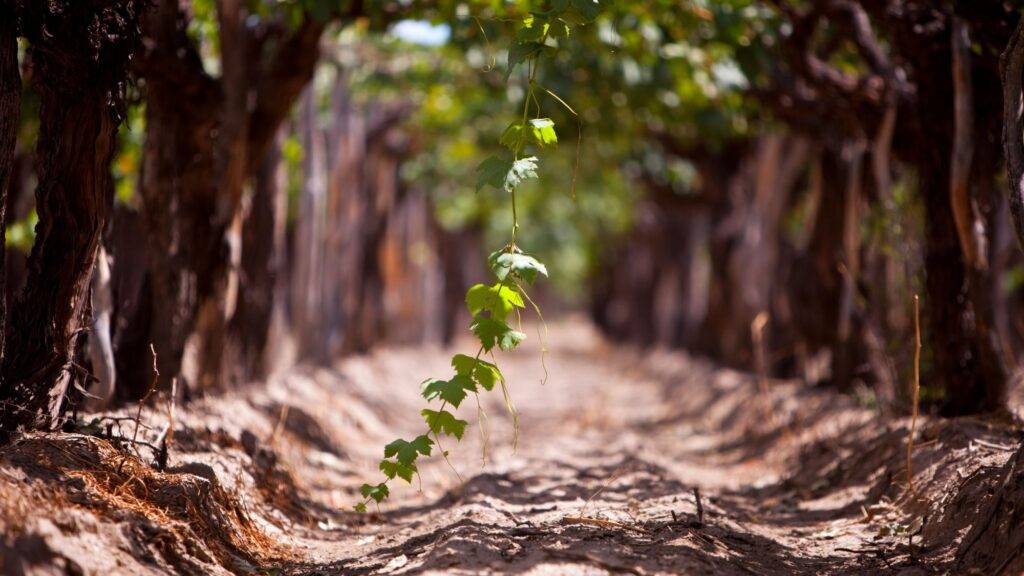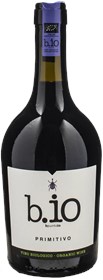Agriculture has never been static; it’s a field in constant evolution, adopting innovative technologies and techniques to improve crop yield and quality. Among the most fascinating innovations in recent years is the use of music to enhance vineyard growth. This practice, which may seem extravagant, is based on scientific principles exploring the interaction between sound waves and plants. Let’s see how music is used in vineyards, the techniques employed, and some successful examples.
How Music Influences Plant Growth
Research in the field of plant bioacoustics has demonstrated that plants can perceive and respond to sound vibrations. Sound waves, which are variations in air pressure, can influence various biological processes in plants, such as germination, root growth, and resistance to environmental stresses.
Music in vineyards can stimulate stomatal opening. Sounds at certain frequencies can help plants open their stomata better, thus improving photosynthesis and respiration. Additionally, the metabolism of vines can be incentivized by the use of sound stimuli, whose vibrations facilitate the absorption of essential nutrients from the soil. Finally, music has positive effects on enzymatic activity: sound vibrations can increase the activity of some enzymes crucial for plant growth.

Music in Vineyards also against Pests
Pests infesting vineyards, such as insects and small animals, can be influenced by sound waves. Sound vibrations can disturb their feeding, mating, and movement behaviors, making the environment less hospitable for them.
Some sound frequencies can disorient and disturb pests, making it difficult for them to feed and reproduce. Sound waves can also create an unpleasant environment for pests, forcing them to leave the area, reducing their ability to coordinate and communicate with each other.
Techniques for Using Music in Vineyards
The implementation of music in vineyards is not a random process; it requires the use of specific techniques to maximize benefits. Research has identified that frequencies between 100 Hz and 400 Hz are particularly effective in stimulating plant growth. Classical and harmonious music is often preferred for these frequencies.
The music is usually played for several hours a day, often during the early morning and at sunset, when the plants are most receptive, using strategically positioned speakers in the vineyards to ensure uniform coverage. Some vineyards employ solar-powered audio systems for a sustainable approach.

Which Composer Makes Vines Grow Best?
The music of Mozart, particularly his most famous compositions such as symphonies and concertos, contains a range of frequencies that fall within the parameters considered optimal for plant stimulation. Frequencies between 100 Hz and 400 Hz, common in his works, are particularly effective for their growth.
Equally important is the harmonic structure and balanced rhythm of the Austrian genius’s compositions, which create a stable and pleasant sound environment for the plants, reducing stress and promoting positive biological processes such as photosynthesis and respiration.
One of the wineries that exposes its grapes to Mozart’s music is, for example, Tanuta Mara which, in the province of Rimini (Italy), cradles its Sangiovese grapes to the sound of Mozart’s symphonies and Gregorian chants 24 hours a day. One of its best results is the Sangiovese Maramia.

Will it be the music that makes the taste personality of this wine so surprising, so balanced and rich in balsamic notes? The aromatic complexity is particularly fine and elegant, rich in floral, fruity, and spicy aromas. If the grapes that grow to the sound of music all give this result, it is better to make this technique mandatory!
The use of music in vineyards is a perfect example of how innovation can meet tradition to create surprising results. Although it may seem like an unusual practice, the benefits observed in various vineyards worldwide demonstrate that sound waves can indeed improve vine growth and quality. With further research and practical applications, this technique could become a common practice in vineyards worldwide, contributing to the production of high-quality wines sustainably.














